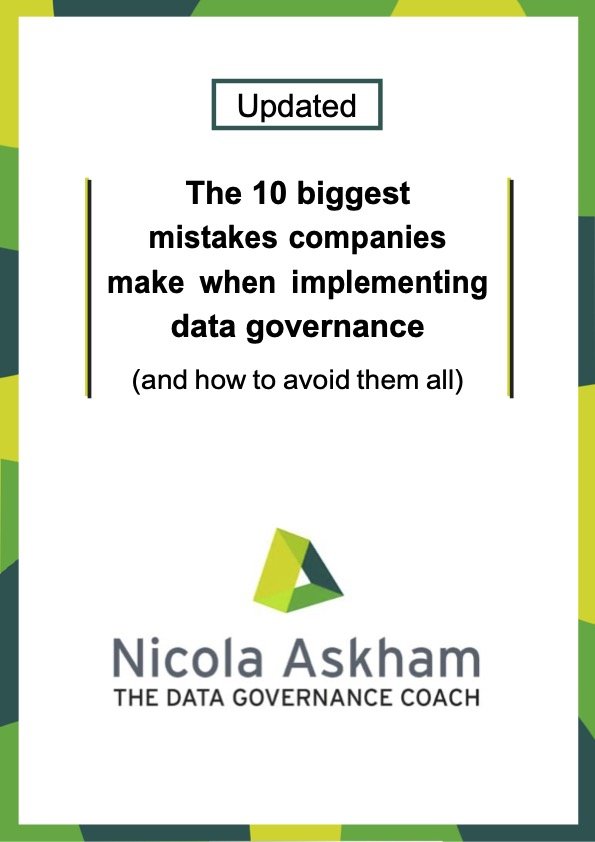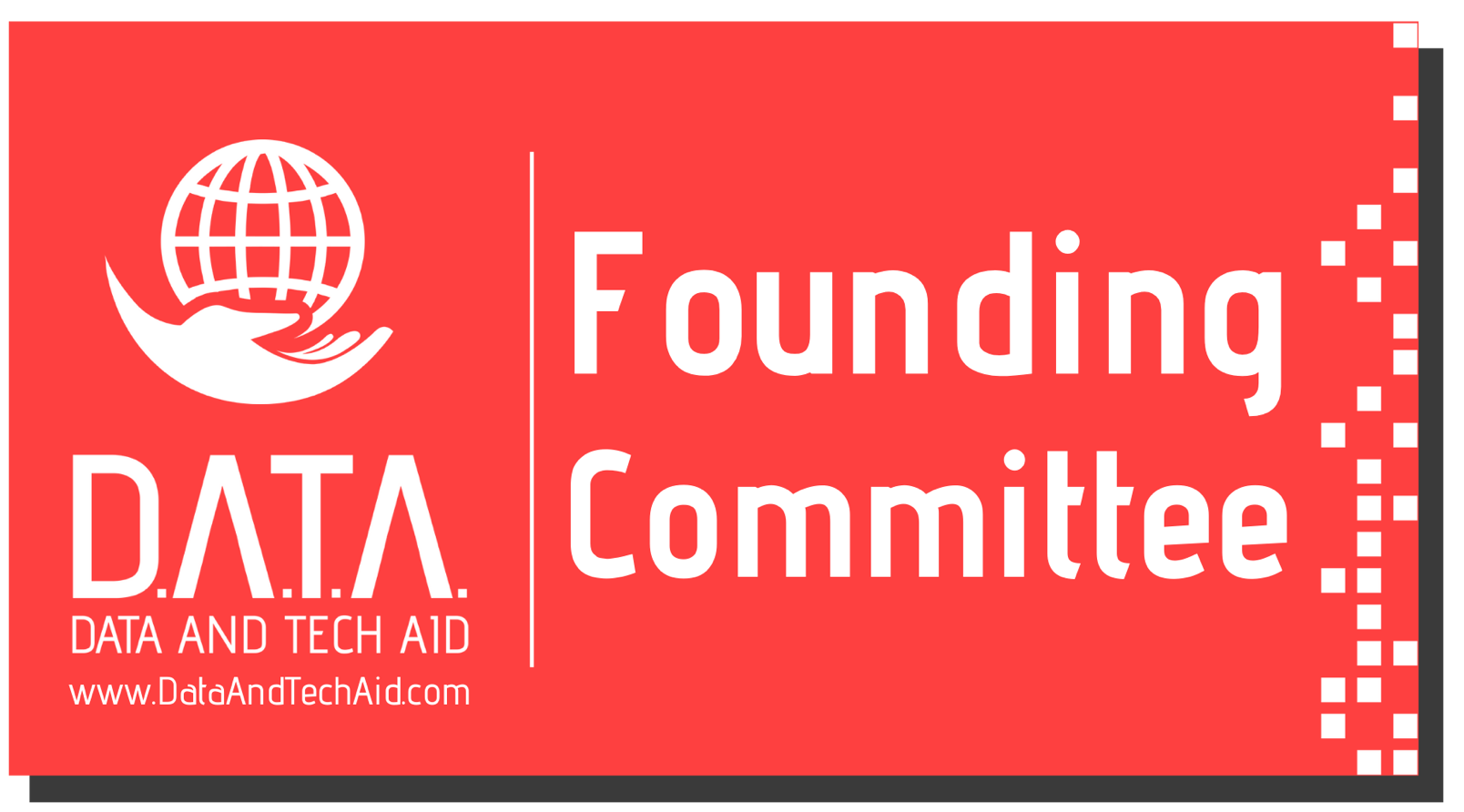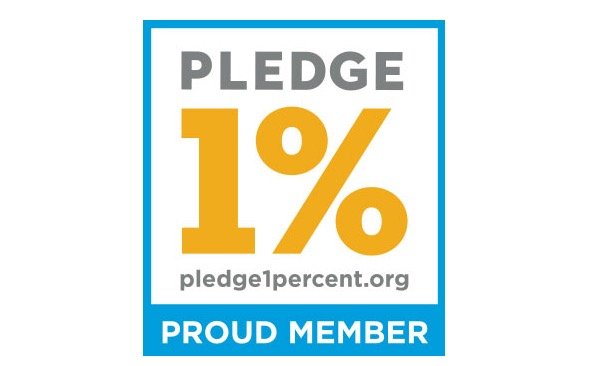How To Identify The Right Data Owners?
/One of the items on my free Data Governance Checklist is “Define roles and assign responsibilities”. Now that is a generic statement that covers a number of different roles, but the role which I always start with (and believe that you should too) is that of Data Owner. By that, I mean the senior individuals in your organization who are accountable for the quality of one or more data sets. And don’t get worried if you have decided to call that role something else – that is perfectly acceptable and the naming of roles is something that I covered in this old blog: A Rose By Any Other Name.
At the Data Governance Clinics that I run one of the most frequent questions is how you find the right people to be the Data Owners in your organization. Anyone who has ever tried to implement Data Governance understands how important it is to have the correct people in these roles, but it can be hard to actually identify them. So I thought I would share a simple approach that I use for identifying the correct data owners:
I like to start by looking at the various departments and their relationship with a particular dataset. If I was trying to find the Data Owner for customer data, I would start by finding out which business area feels the most pain when customer data is wrong. I ask lots of questions like:
· Who cares when the data is wrong?
· Which team is likely to be the first to identify data quality issues with customer data?
Some people believe that the Data Owner should always represent the area that captures or enters the data. In my experience, this is sometimes the case, but you should not rule out the possibility that the owner may sit somewhere else within the organization.
Wherever they are, they must have an interest in the data, but this can be either as a data producer or as a data consumer. If they are neither of these, it is unlikely that they have sufficient interest in the quality of that data to undertake the role properly.
Once you have identified the department that seems to have the most interest in the data, you can then identify the individual best suited to take on the role of Data Owner. Remember that for them to be able to improve the quality of the data, the candidate Data Owner needs to be suitably senior and have resources at their disposal. So identify the individual in that area who has:
· The authority to change business processes and IT systems to improve data quality
· Access to budget and resources to be able to resolve data quality issues
· The ability to instigate data cleansing activities.
If you find the person who fits these criteria, they are very likely to be the right Data Owner. This approach has always worked for me, although sometimes it can take you in unexpected directions. For example, in one Personal Lines Insurance Company when I was trying to identify the Data Owner for Customer Data I ended up following this route:
First I approached the Underwriters – after all, they decide who gets an Insurance Policy and what data is needed on the customers for that decision to be made. However, they explained to me that as their company was a high volume personal lines firm, they did not get involved with individual policies and had no interest in specific data about individual customers.
Next, I tried the Service Department. These were the teams of people who speak to customers on the telephone and enter their details on the system. But again they had no real interest in the quality of the data. They did not decide what gets captured, nor did they use the data so did not feel any pain if it was wrong.
Finally after asking lots of people who used Customer data and who cared if it was wrong, I found myself meeting one of the Marketing Directors. I didn’t hold out much hope that they would be the Data Owner of Customer Data, but it turns out I was wrong. In that particular company, the Marketing Department was responsible for sending out renewal letters to customers. If the customer data was wrong the renewals did not reach the customers and there was a strong possibility that business would be lost. As soon as I explained that I was trying to identify the Data Owner for Customer Data, they immediately agreed it was them as they had such an interest in the quality of that data.
I hope this will help you identify the correct Data Owners for your organization, but remember that just because you have worked out who it should be, it does not mean that they will necessarily agree. Your next activity will be to practice your influencing and communication skills!
Remember that finding the right Data Owners is only one of the items on my free Data Governance Checklist, you can download the checklist here to see what other activities you need to be doing to implement Data Governance successfully.








